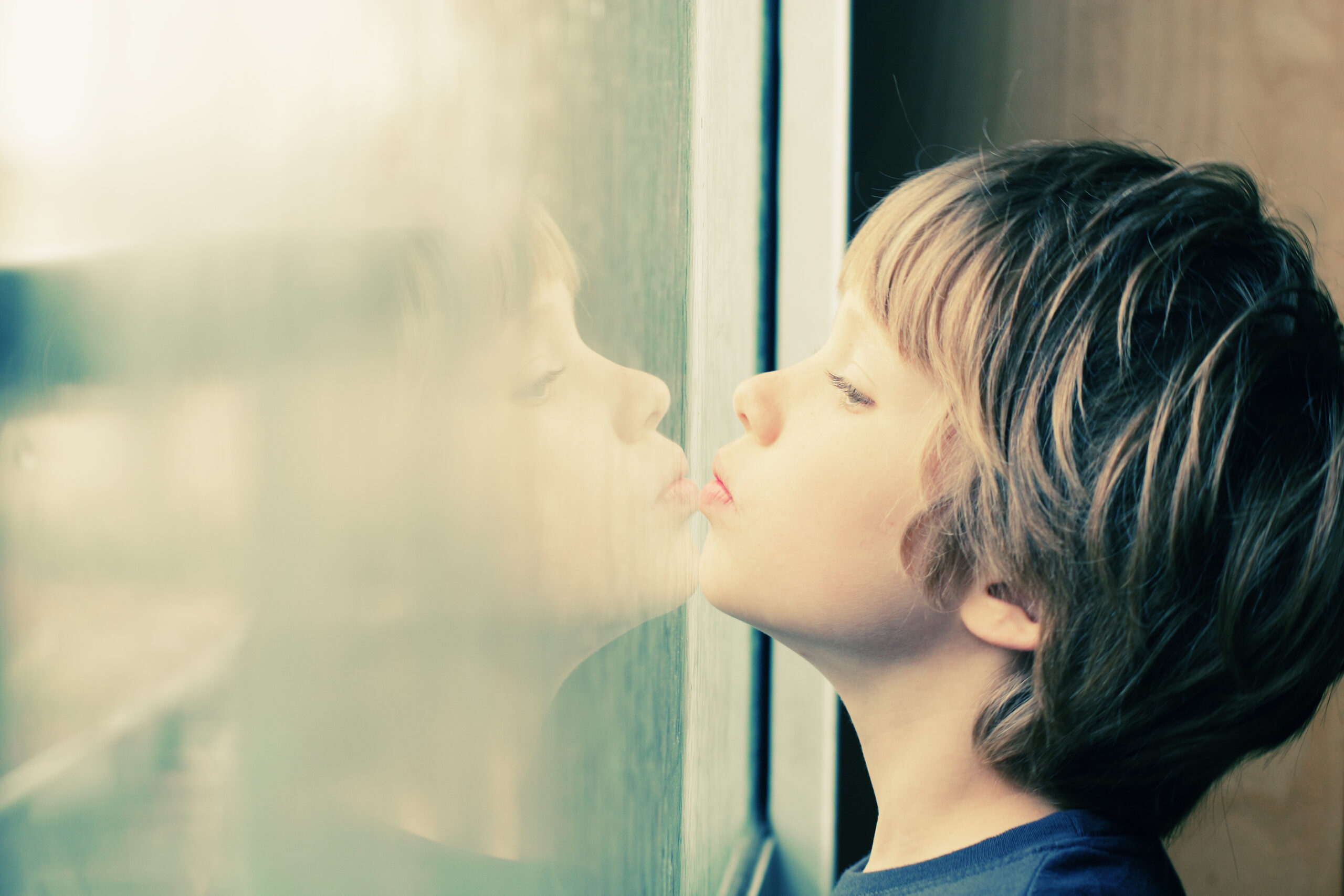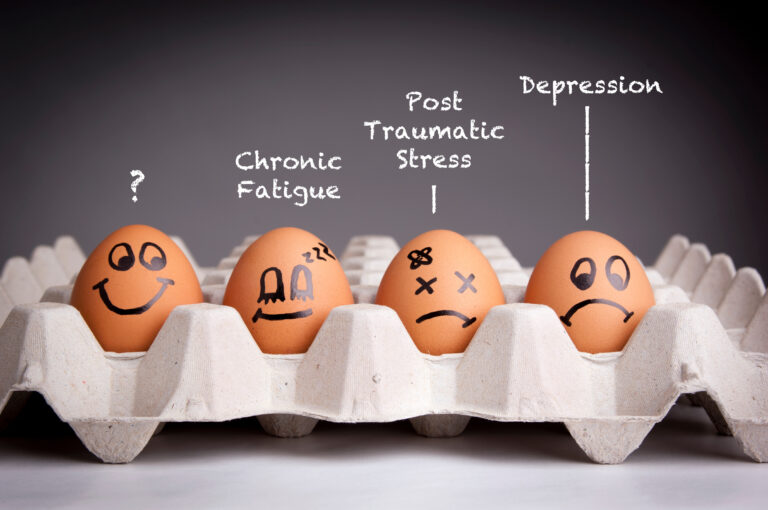
You Want the Best for Your Child, But What Matters Most?
You could enrol your child in the best extracurricular activities, research parenting techniques, and carefully plan their diet to give them the best start in life. You do everything possible to set them up for success.
But what if the most important factor shaping your child’s future isn’t any of these?
There’s something that can either help them thrive or make life much harder. It’s not about talent. It’s not even about intelligence or genetics. It’s something much more fundamental that affects every interaction, from their first words to their friendships and even their ability to manage emotions as adults.
And the surprising truth? It’s entirely within your control.
Why Some Kids Thrive and Others Struggle
Have you ever wondered why some kids seem naturally confident, emotionally balanced, and socially skilled, while others struggle with anxiety, low self-esteem, or difficulty making friends? It’s easy to assume it’s just their personality, but research tells a different story.
Some children are naturally more outgoing, while others are more reserved.
But temperament is not destiny.
Studies show that how a child is raised—their home life, school experience, and friendships—has a far more significant impact on their emotional and social well-being than we often realise.
For example, a naturally shy child might initially struggle in social situations. But suppose they are encouraged with kindness and allowed to practice speaking up. In that case, they can become more confident over time. On the other hand, if they are constantly told they are “too quiet” or forced into interactions they’re not ready for, they may withdraw even more.
The same goes for children who are naturally more sensitive. A child raised in a home where emotions are talked about and validated will learn how to handle big feelings in a healthy way. But if their emotions are dismissed—if they’re told to “stop crying” or “toughen up”—they may struggle with emotional regulation as they grow.
This is why parents, caregivers, and teachers play such a crucial role. The good news? You don’t have to do everything perfectly. What matters most is creating a home and social environment where your child feels safe, supported, and encouraged to be themselves.

Understanding What Shapes Emotional and Social Development
Research in child psychology and neuroscience has shown that the most significant influence on a child’s emotional and social development is their environment—specifically, the relationships they form at home, school, and peers.
The Foundation of Emotional Well-Being
From infancy, children rely on their caregivers for emotional security. Attachment theory is the idea that the bond between a child and their caregiver shapes their emotional and social development. When parents are consistently loving and responsive, children develop a sense of safety and trust that allows them to confidently explore the world.
Children with secure attachment are more likely to:
- Develop strong self-esteem and resilience.
- Regulate their emotions effectively.
- Form healthy relationships throughout life.
On the other hand, children who don’t feel consistently supported and cared for may struggle with anxiety, have trouble making friends, and find it harder to manage their emotions.
If your child knows they can come to you when they’re sad, scared, or overwhelmed, they build an internal sense of security. But if they feel ignored, judged, or dismissed, they may start bottling up emotions or acting out.
And here’s the key—it’s never too late to strengthen this attachment. Even if you’ve struggled with emotional connection in the past, small changes in how you respond to your child can make a massive difference.
How to Create the Best Environment for Your Child
1. Prioritise Connection Over Perfection
Children don’t need perfect parents.
They need parents who are emotionally available.
A strong bond with you gives them a sense of security and confidence in every area of life. Small, everyday moments of connection—listening, laughing, and simply being present—have a more significant impact than any specific parenting technique.
For example, After a long day at work, you might be tempted to check emails or scroll through your phone while your child tells you about their day. Instead, putting the phone down, making eye contact, and really listening—even for just 10 minutes—can make a world of difference.
Here are some other ideas that may help you prioritise connection with your child:
- Create small daily rituals, like bedtime stories or a five-minute check-in before school.
- Stop what you’re doing when your child speaks and give them your full attention.
- Show affection through hugs, high-fives, or simply sitting close when they need comfort.
2. Build a Home Environment That Feels Safe and Supportive
Children thrive in a home where they feel emotionally and physically safe. A predictable, calm environment helps them feel secure and reduces stress. Children develop stronger emotional regulation skills when home is a place of warmth and understanding.
For instance, if your child has a meltdown, responding with patience instead of frustration helps them feel safe expressing emotions. Saying, “I see you’re upset. Take a deep breath, and let’s talk about it”, teaches them emotional control over time.
You could also:
- Set predictable routines (mealtimes, bedtime, school prep) to create stability.
- Encourage open conversations about emotions—let your child know it’s okay to feel upset or frustrated.
- Minimise household stress by reducing yelling and resolving conflicts calmly.
3. Encourage Emotional Resilience
Life isn’t always easy, and teaching your child how to handle challenges will help them grow into a confident, emotionally balanced person. Resilience is built through learning how to manage emotions, face difficulties, and bounce back from setbacks.
Let’s say, for example, that your child fails a test and feels discouraged. Instead of focusing on the failure, you encourage them to reflect: “What can we do differently next time? Maybe we can study together or find a new way to practice.” This helps them develop a problem-solving mindset instead of feeling defeated.
Some additional approaches include:
- Help your child name their emotions and find healthy ways to express them.
- Use challenges as learning experiences rather than sources of shame.
- Model resilience by handling your own stress in a healthy way—talking through frustrations instead of reacting emotionally.

A Child Who Feels Secure, Confident, and Ready for Life
So what’s the #1 influence on your child’s development?
It’s their environment.
Yes, genetics play a role. Yes, personality matters. But what shapes a child more than anything else is the world they grow up in—the love they feel at home, the relationships they build at school, and the social skills they learn from friends.
And the best part?
You have control over that environment.
Creating a stable, nurturing, and emotionally supportive space gives your child the strongest foundation possible.
Because in the end, what shapes your child’s emotional and social future isn’t one big thing. It’s the little things every single day.
Want to Take the Next Step?
If you’re looking for expert guidance to help your child grow emotionally strong and socially confident, consider booking a session with one of our practitioners today. We offer personalised support to help you confidently navigate parenting challenges and give your child the tools they need to thrive. In particular, we offer free psychological services for children through STAR4-Kids, a program designed to provide kids with the emotional and social skills they need for a happy, balanced life.
References
- Ainsworth, M.D.S., Blehar, M.C., Waters, E. and Wall, S., 2015. Patterns of attachment: A psychological study of the strange situation. Psychology Press.
- Bowlby, J., 1988. A secure base: Parent-child attachment and healthy human development. Basic Books.
- Center on the Developing Child, 2016. From best practices to breakthrough impacts: A science-based approach to building a more promising future for young children and families. Harvard University. Available at: https://developingchild.harvard.edu/resources/from-best-practices-to-breakthrough-impacts/ [Accessed 5 March 2025].
- Collins, W.A. and Laursen, B., 2018. Parent-child relationships during adolescence. In: M.H. Bornstein, ed. Handbook of parenting: Volume 1: Children and parenting. 3rd ed. Routledge, pp. 73-101.
- Fox, S.E., Levitt, P. and Nelson, C.A., 2010. How the timing and quality of early experiences influence the development of brain architecture. Child Development, 81(1), pp.28-40.
- National Scientific Council on the Developing Child, 2020. Connecting the brain to the rest of the body: Early childhood development and lifelong health are deeply intertwined. Harvard University. Available at: https://developingchild.harvard.edu/resources/connecting-the-brain-to-the-rest-of-the-body/ [Accessed 5 March 2025].
- Shonkoff, J.P., Boyce, W.T. and McEwen, B.S., 2009. Neuroscience, molecular biology, and the childhood roots of health disparities. JAMA, 301(21), pp.2252-2259.
- Siegel, D.J. and Bryson, T.P., 2012. The whole-brain child: 12 revolutionary strategies to nurture your child’s developing mind. Delacorte Press.
- Sroufe, L.A., 2005. Attachment and development: A prospective, longitudinal study from birth to adulthood. Attachment & Human Development, 7(4), pp.349-367.


